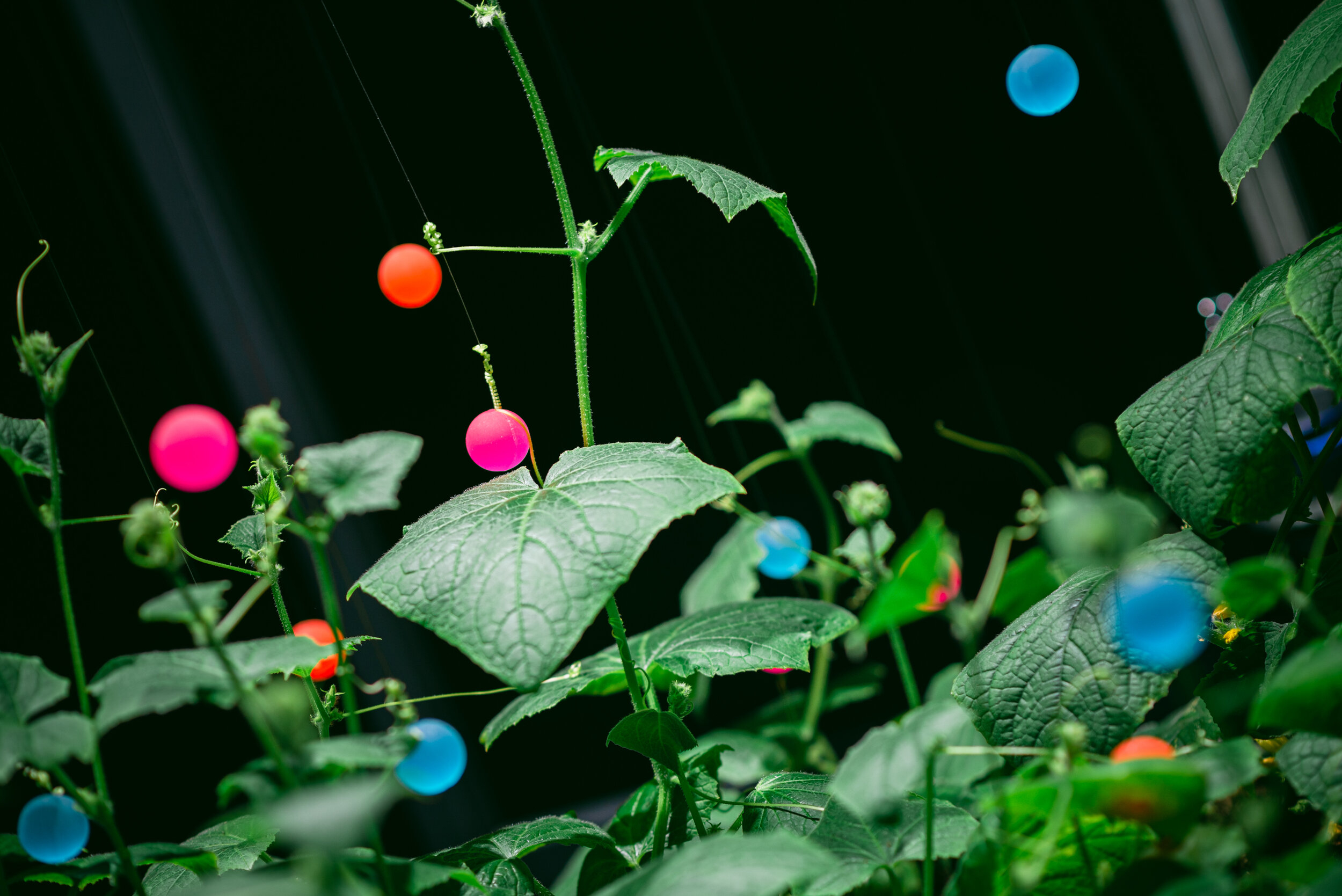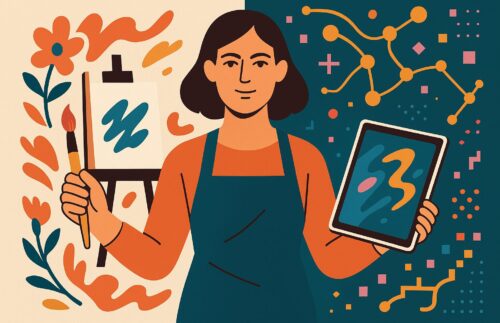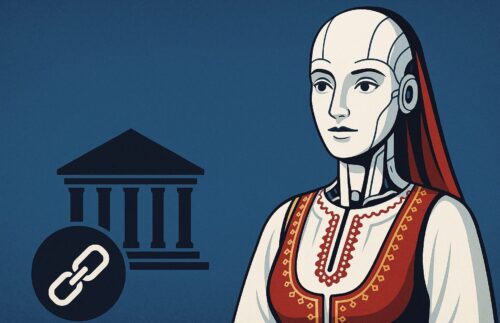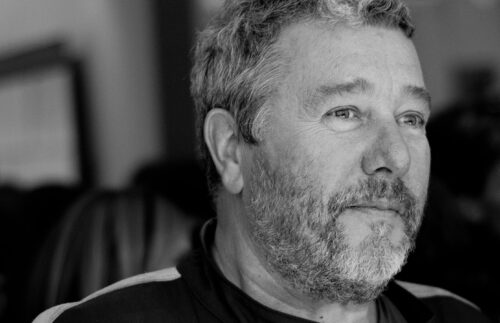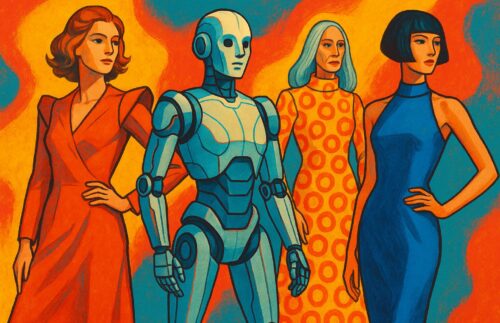Špela Petrič, a Slovenian new media artist with a background in the natural sciences, has carved a unique niche in the art world by seamlessly blending biomedia practices and performativity. Her work delves into the intricate relationships between bodies, unraveling the complex web of (bio)technological societies and suggesting alternative narratives. Noteworthy accolades, including the White Aphroid, the Bioart and Design Award, and an Award of Distinction at Prix Ars Electronica, underscore the significance of her outstanding artistic achievements.
Beyond Posthumanism
Petrič’s philosophy challenges conventional notions of posthumanism, as she advocates for a profound connection with companion species. She proposes a shift away from rigid categories, embracing a queer messiness that defines relationships between bodies. In her own words, “I am not posthumanist, I am who become with companion species, who and which make a mess out of categories in the making of kin and kind, queer messmates in mortal play, indeed.”
The core of Petrič’s artistic exploration lies in the idea of play as an ontological condition of bodies. Unlike a game with predefined rules, play for Petrič is an expression of bodies, transcending human boundaries to encompass all forms of living entities. This ontological condition, she argues, determines how bodies exist and thrive, unbounded by cultural, technological, or biological constraints.
Johan Huizinga, a Dutch philosopher, provides a foundational perspective on play, viewing it as an expression of freedom that defies moral, social, and physical norms. Petrič builds on this idea, emphasizing that play is an act of encounter driven by desire, joy, risk, and uncertainty. Bodies engaged in play undergo transformation, challenging preconceived notions and creating new possibilities.
Donna Haraway, an American biologist and philosopher, contributes to Petrič’s framework by asserting that play occurs among those willing to let go of the literal. Haraway argues that play embodies the excess of bodies, allowing for the opening of transformative possibilities. In play, joy becomes a powerful force, expressed through laughter, multiplying relations and temporalities, and facilitating the continuous process of becoming.
Petrič’s work, exemplified by PL’AI, explores the concept of play as an ontological condition. In PL’AI, seemingly disparate entities—a plant and an AI—engage in an encounter conditioned by play. Petrič acknowledges the historical association of plants and machines, challenging conventional hierarchies and embracing their shared history. Through play, she witnesses the transformation of their constraints, opening up new possibilities for existence.
PL’AI becomes an expression of bodies engaged in shared struggles, desiring to thrive despite the precarious conditions. Petrič blurs the boundaries between plant, machine, human, and nonhuman, creating a space where bodies laugh, embracing the joy of play while becoming something entirely new. The central question posed by Petrič’s work is whether we are ready to embrace the risk of change, to become one with the plant-machine alliance that PL’AI proposes.
Špela Petrič’s artistic journey challenges traditional perspectives on bodies, encounters, and relationships. Through her exploration of play as an ontological condition, she invites us to reconsider how bodies exist and thrive in a world defined by risky encounters, mutations, negotiations, and transformations. With PL’AI, Petrič pushes the boundaries further, inviting us to question and embrace the transformative power of play in shaping the very essence of our existence.
